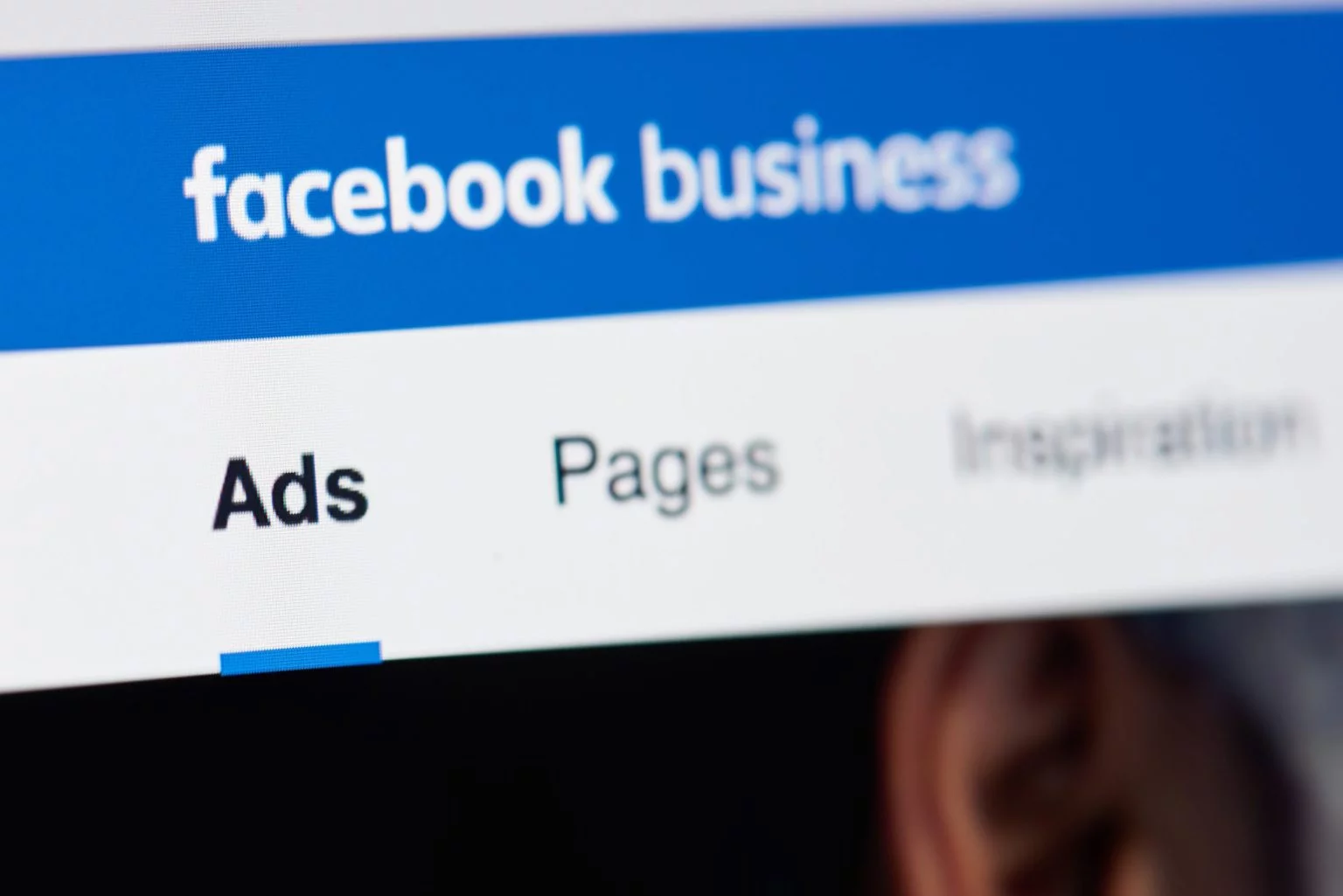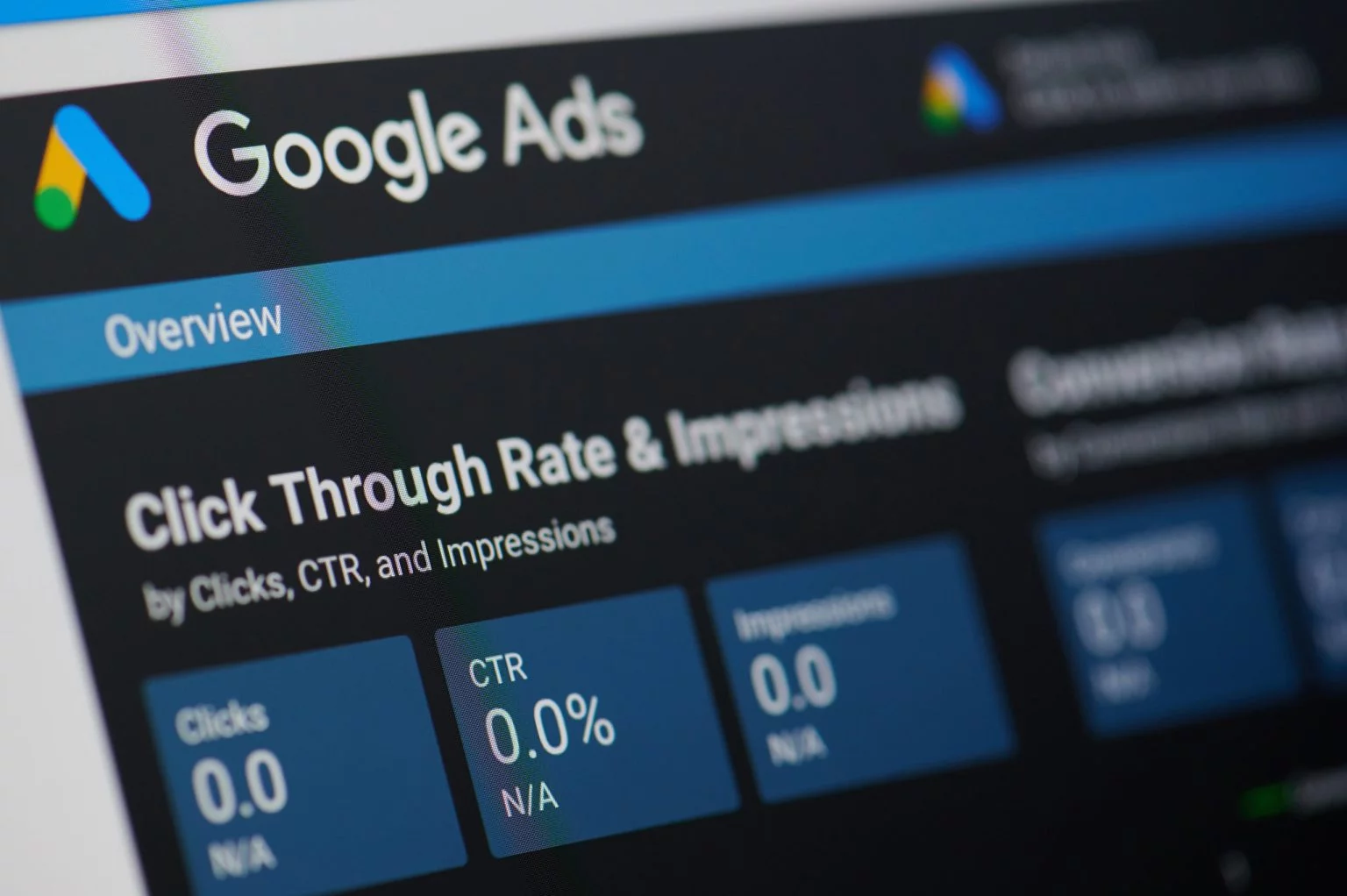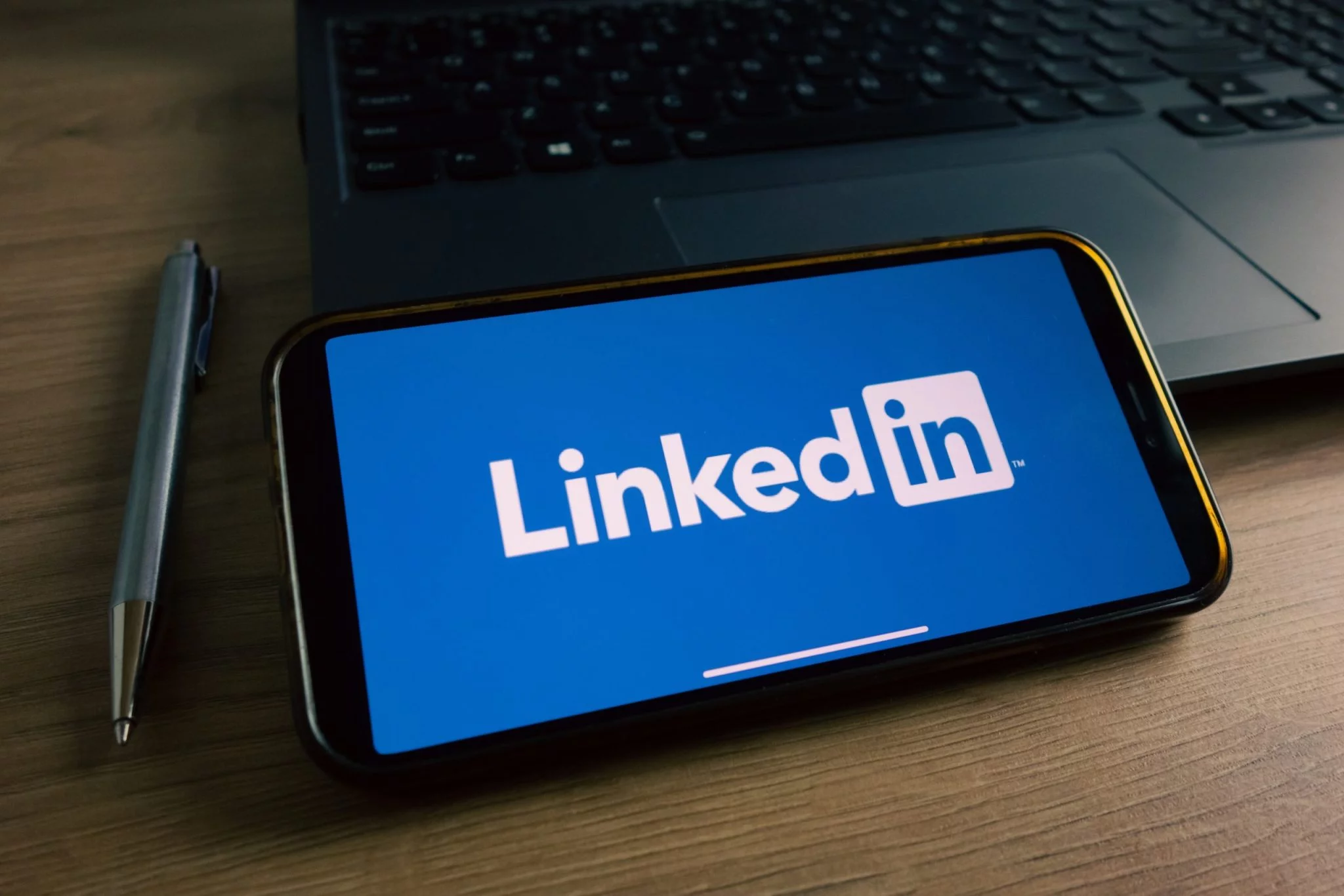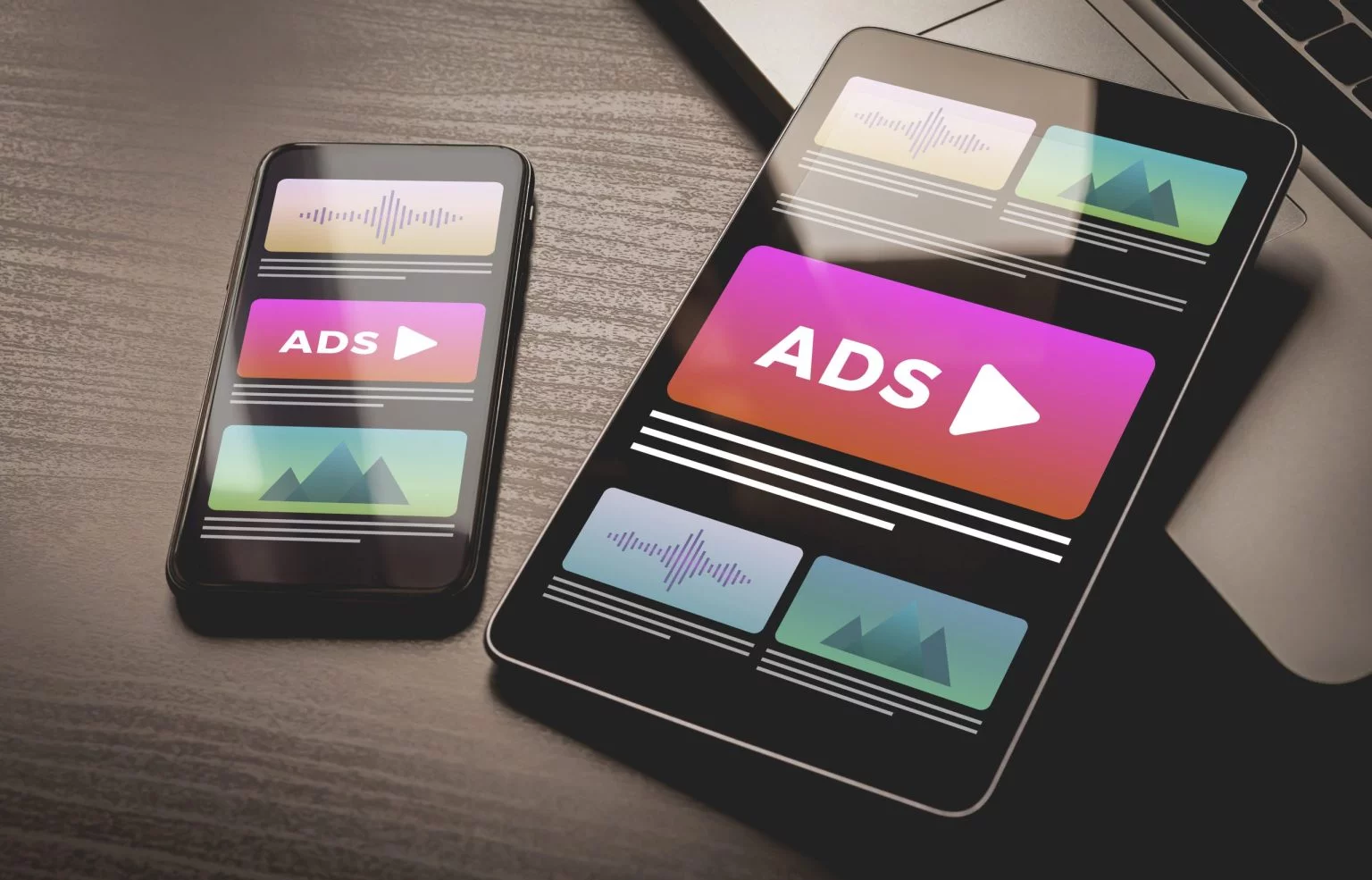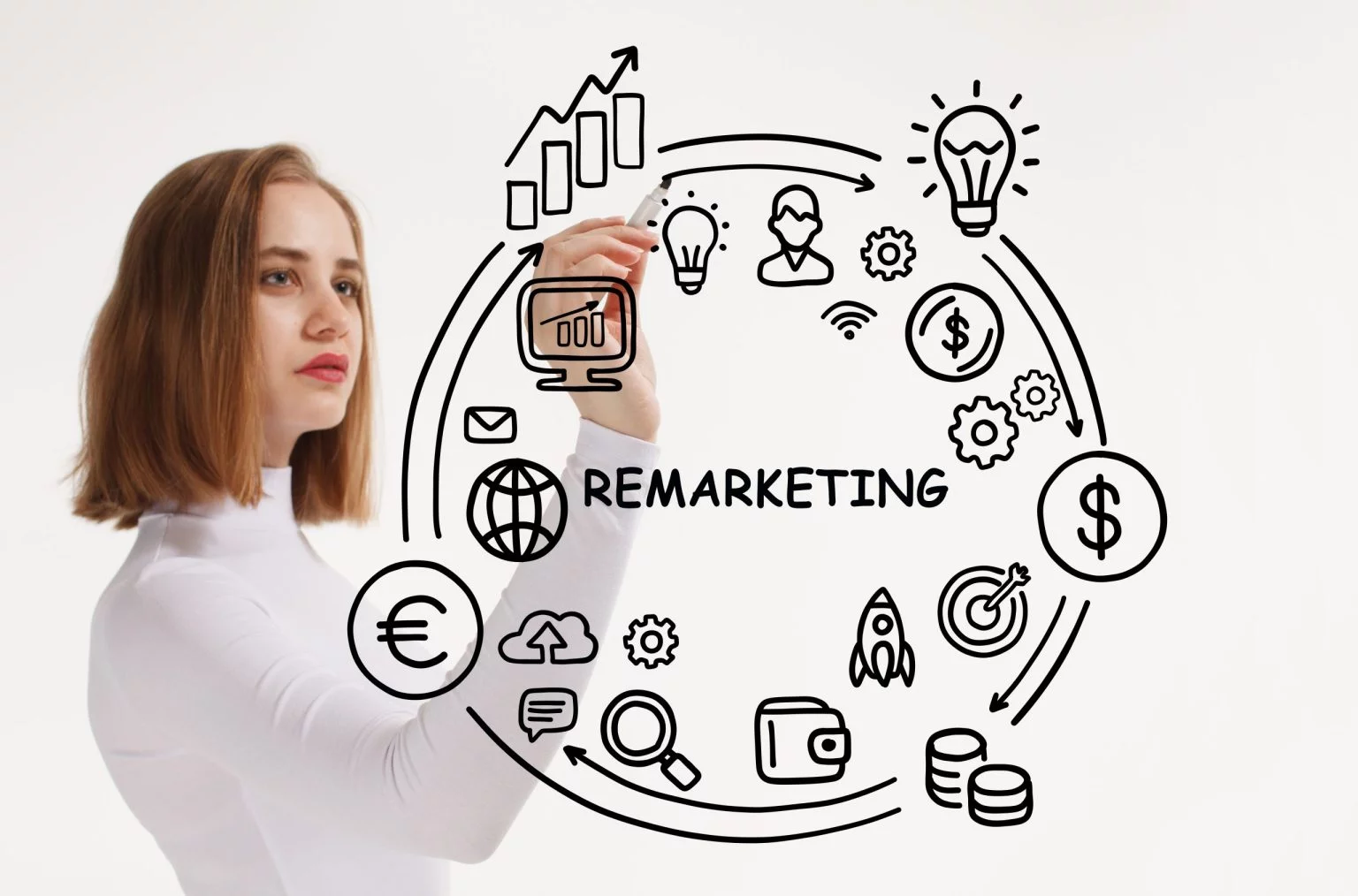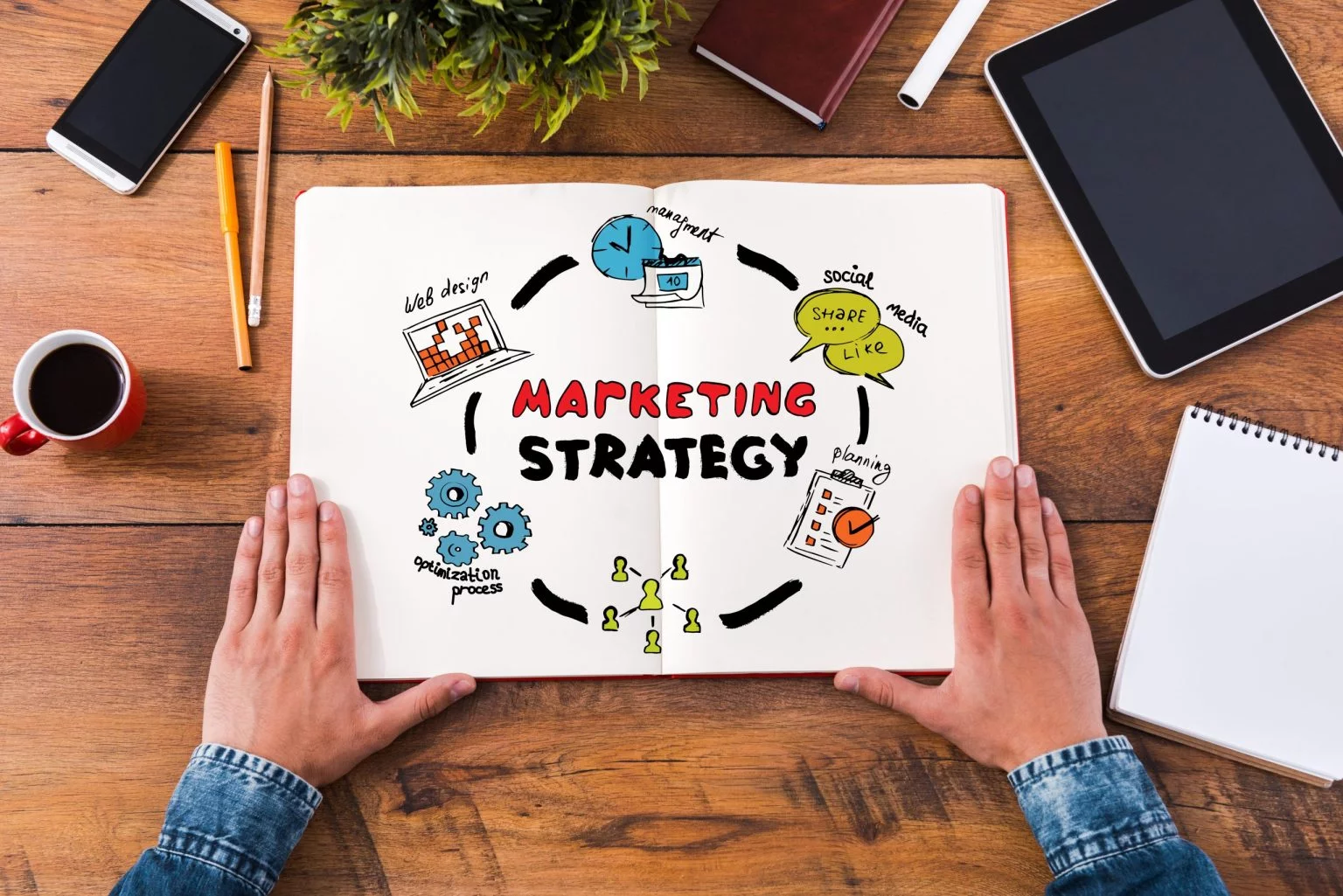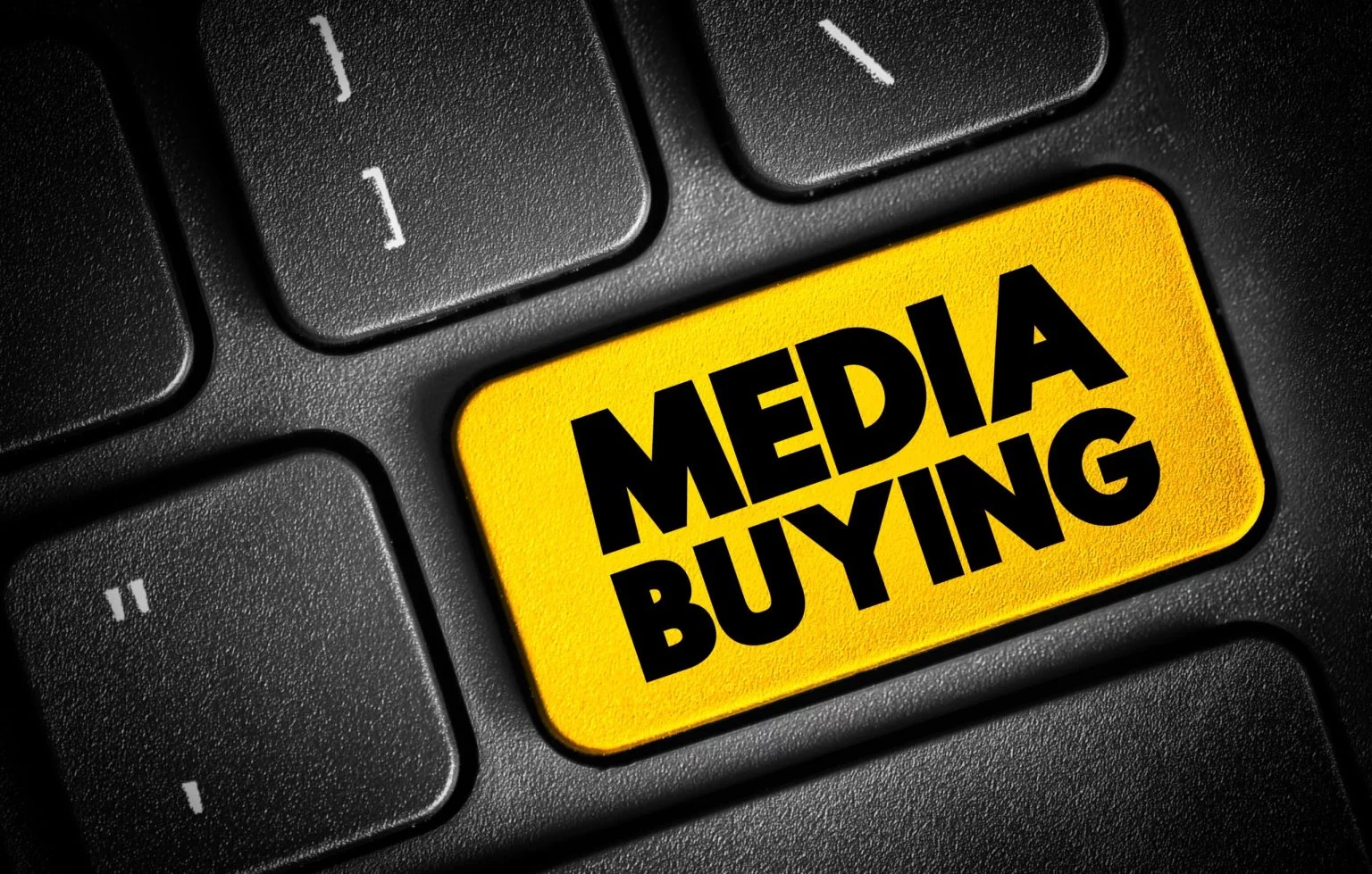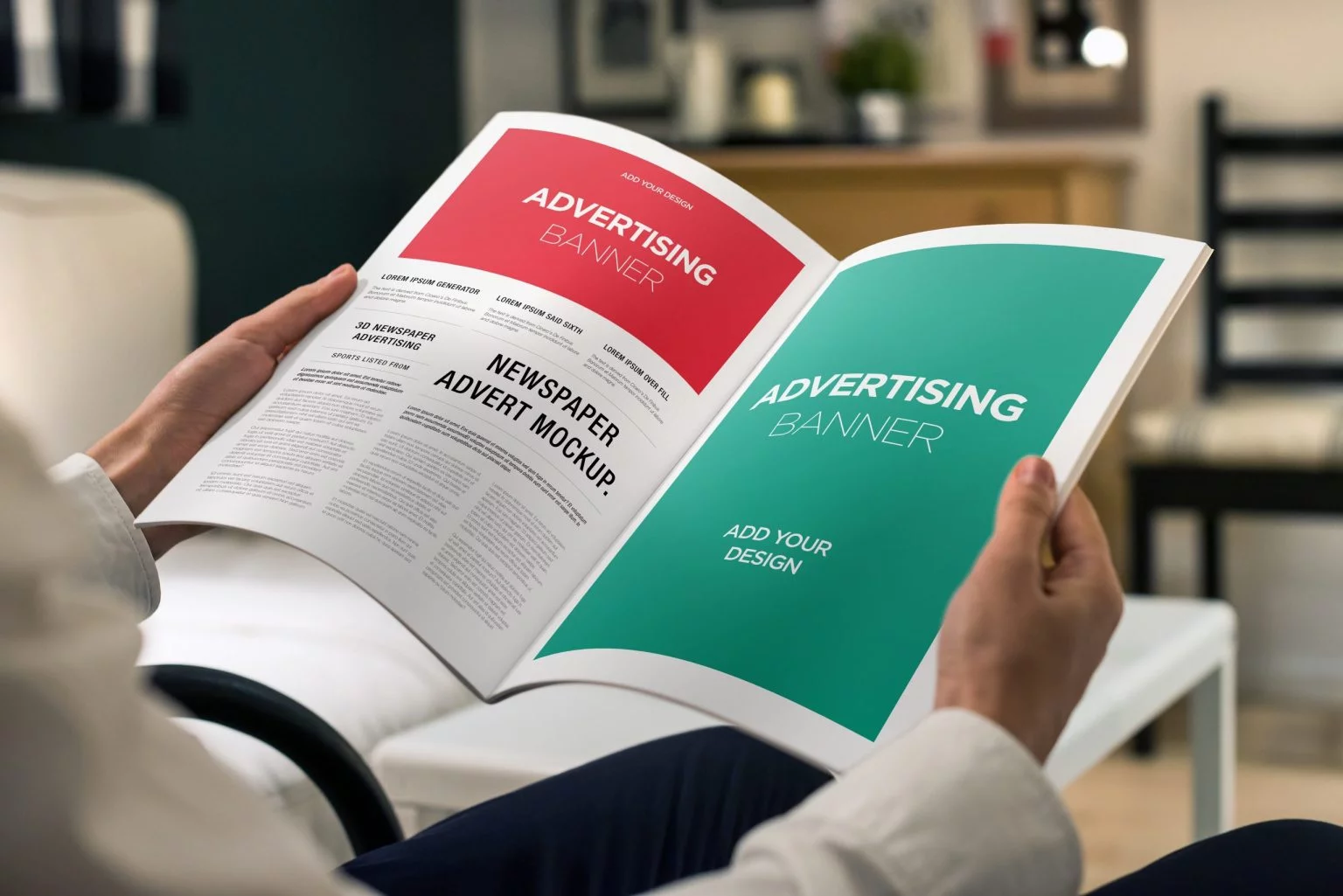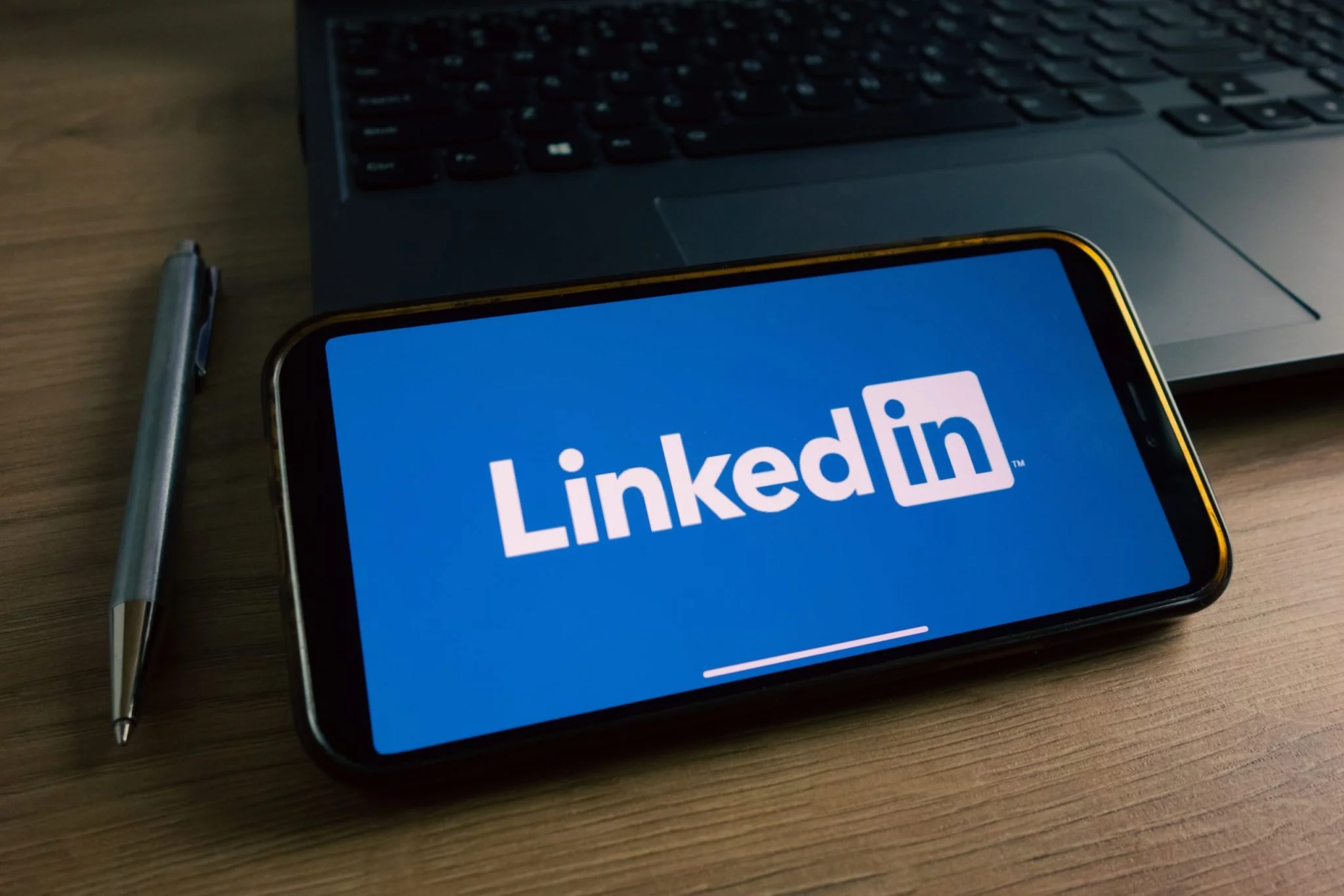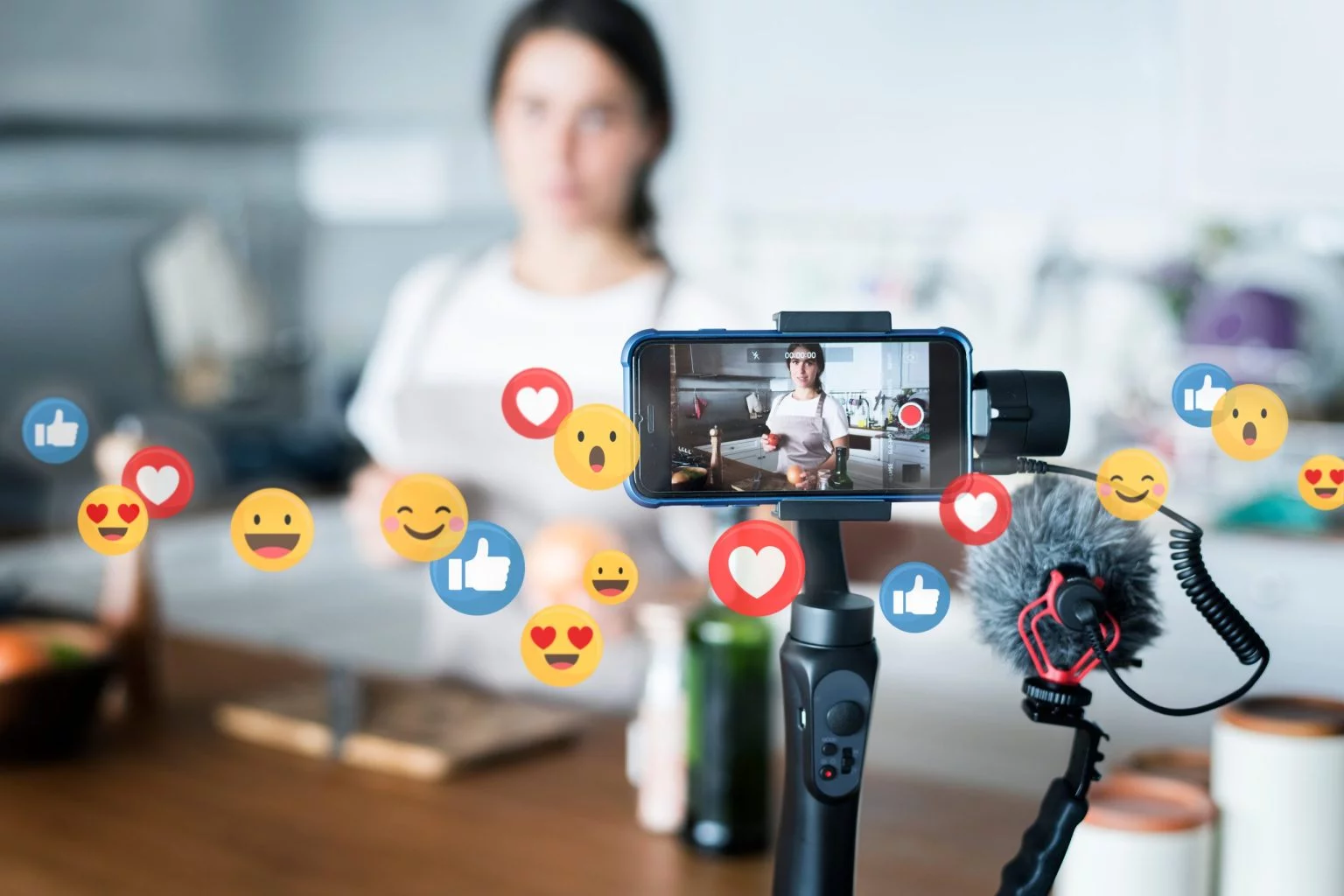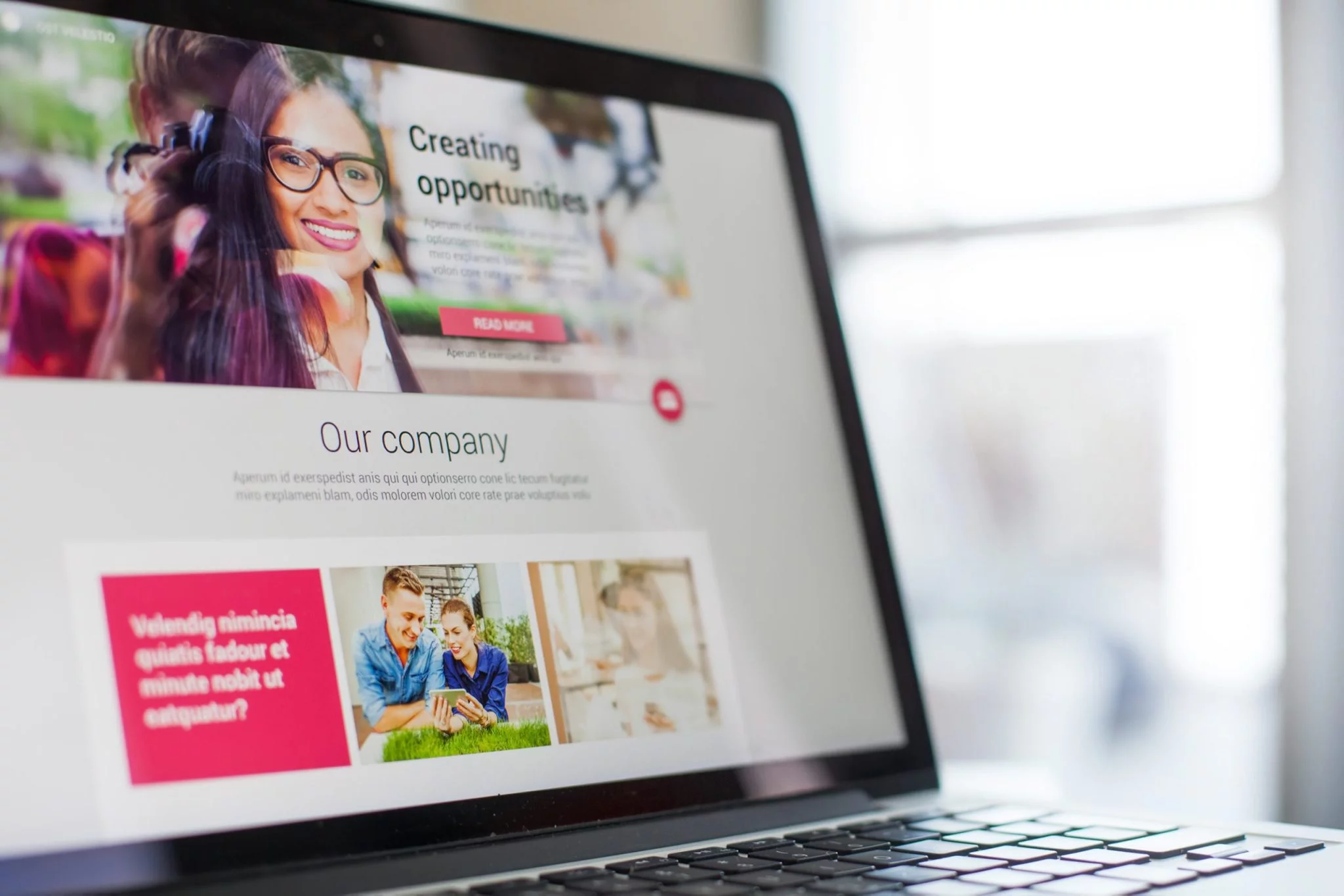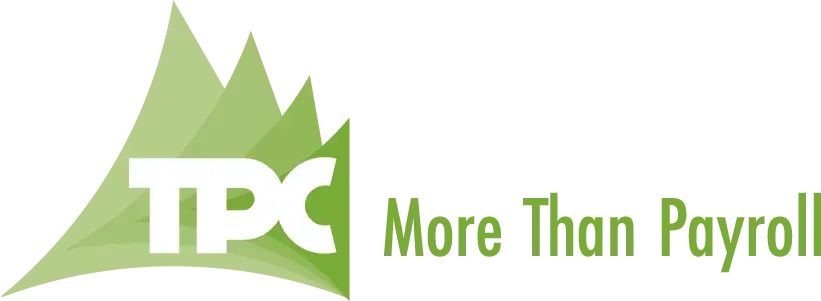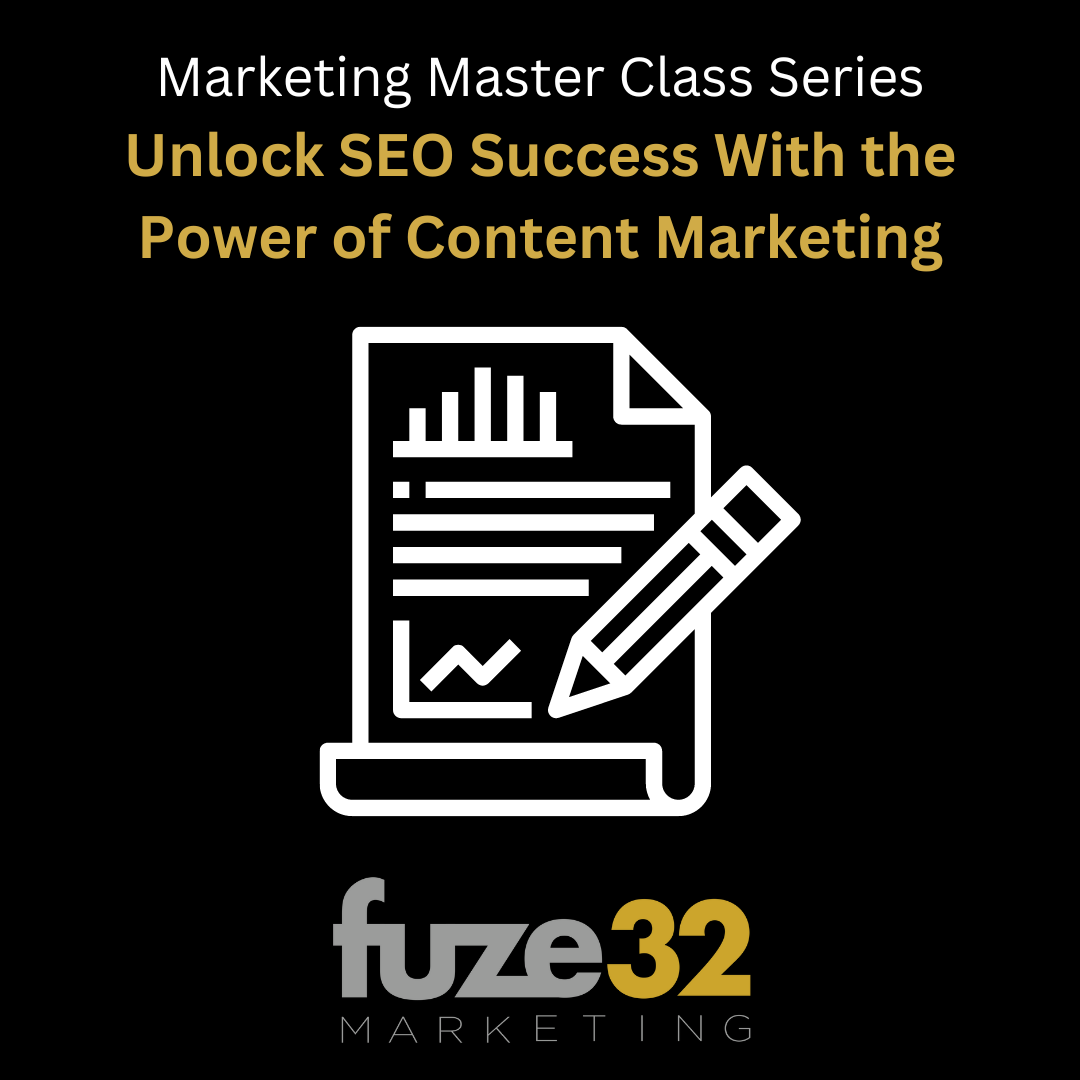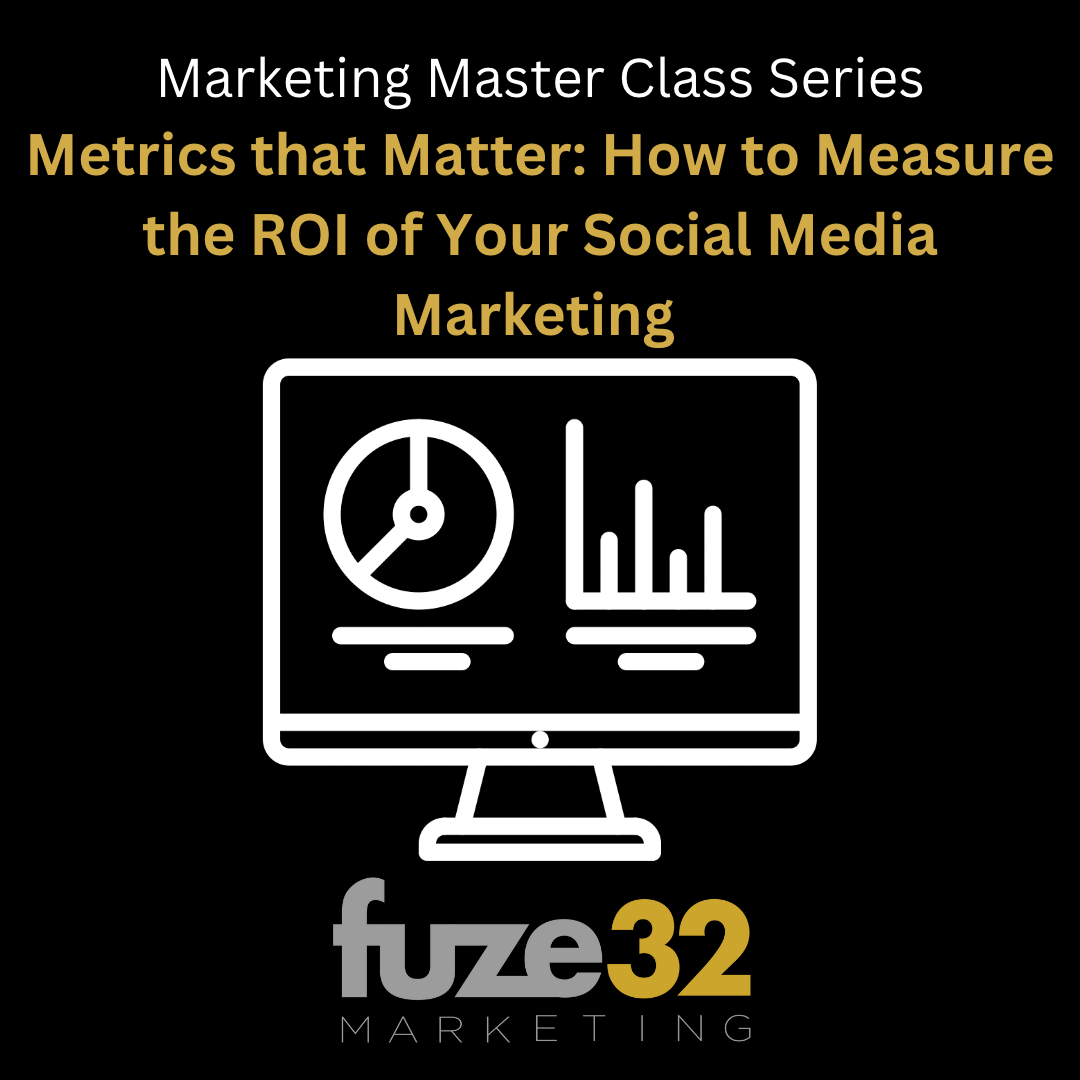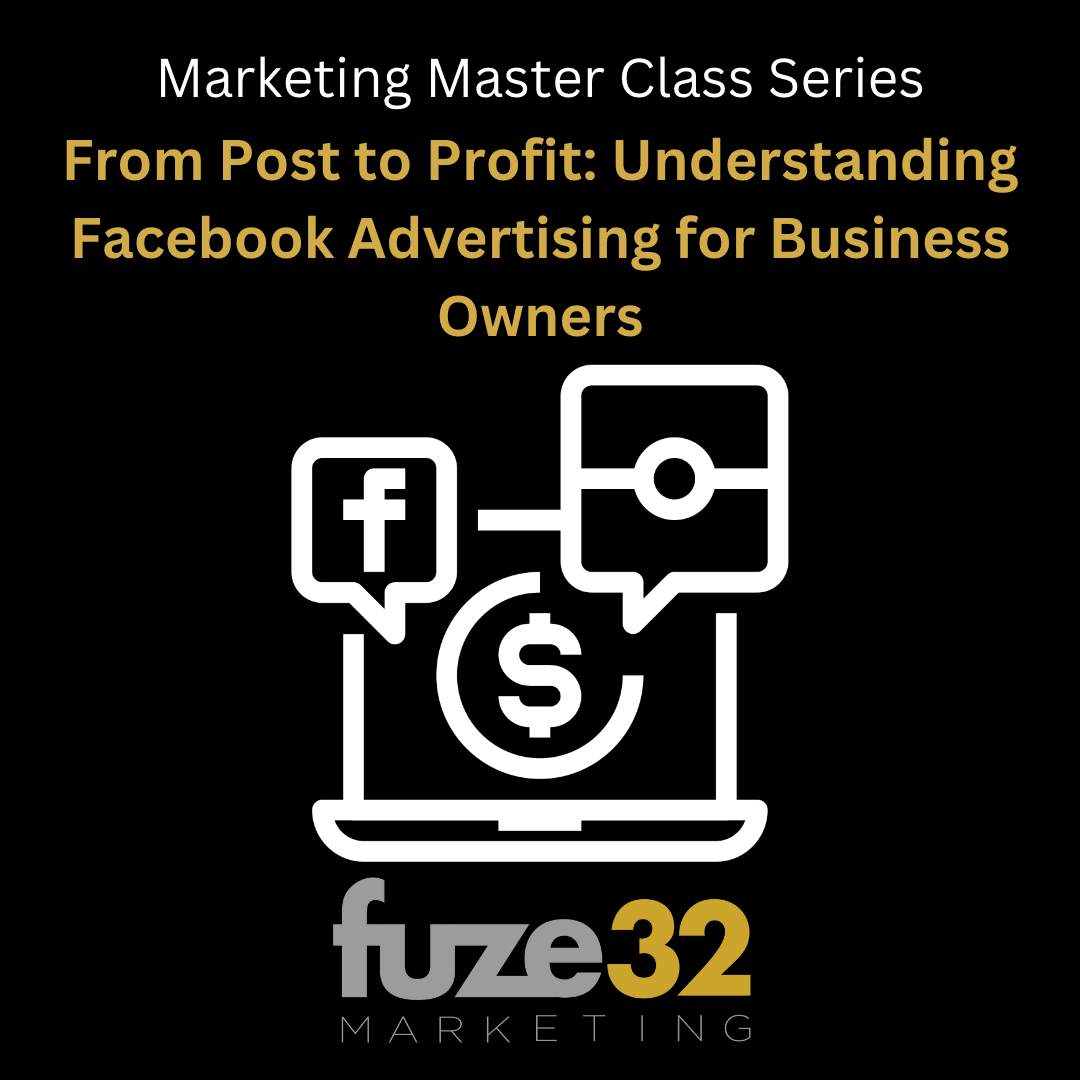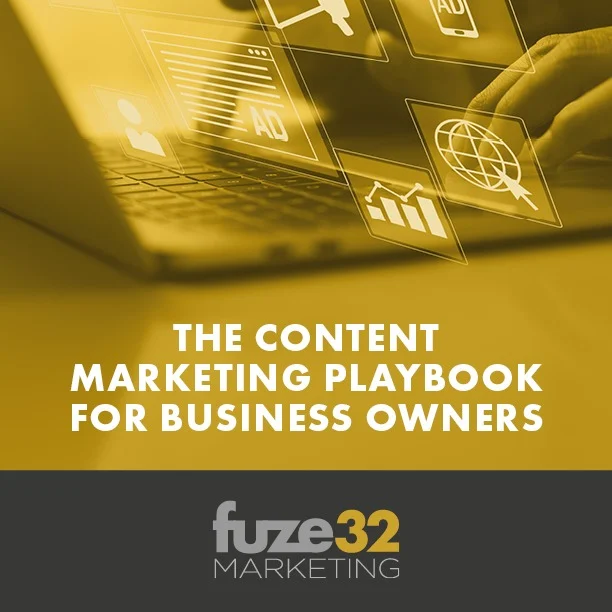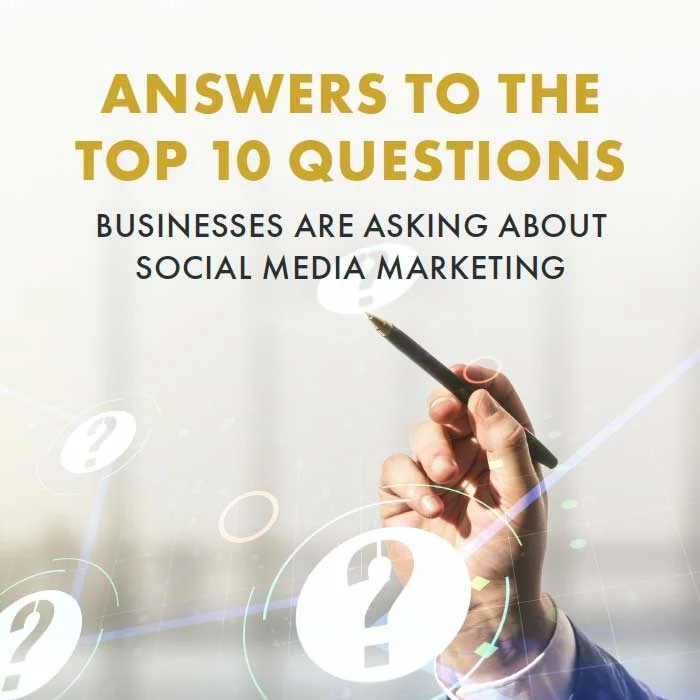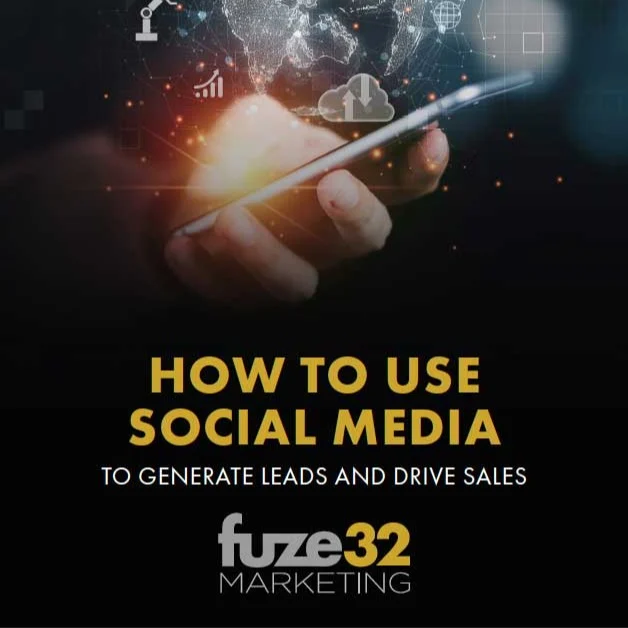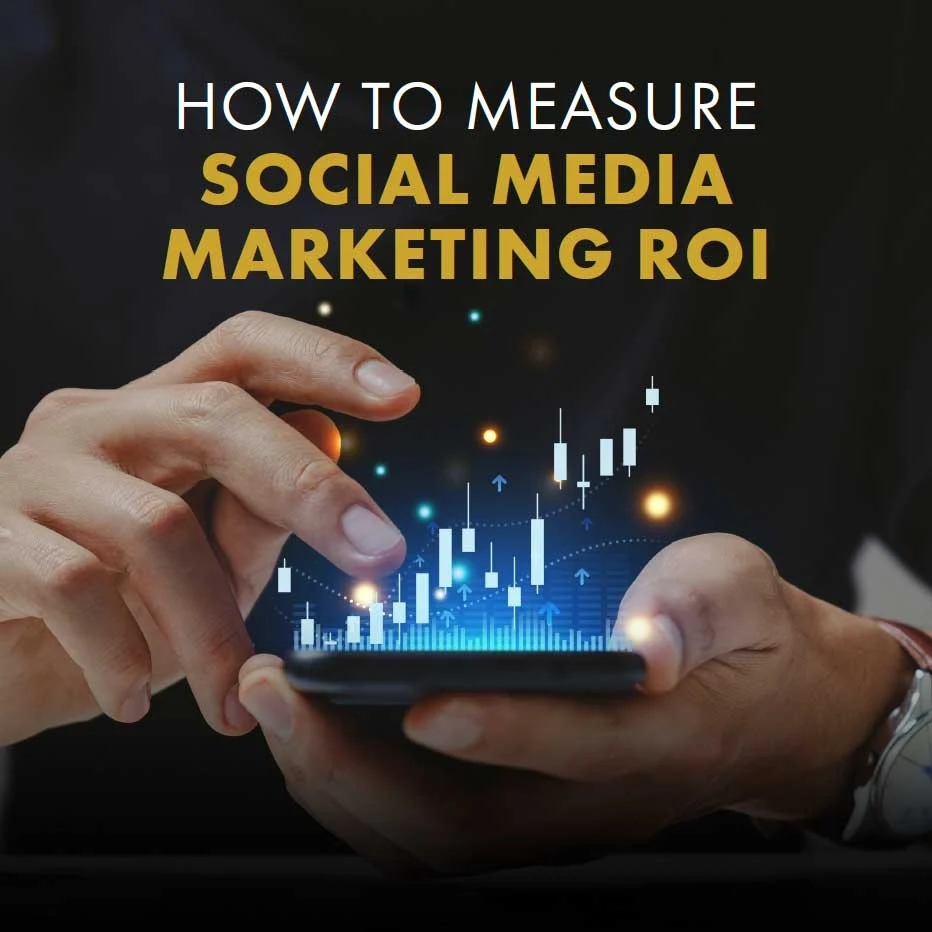
So, you’re in the big leagues. Your company is an enterprise-level machine, and you’re spending a hefty chunk of change on Google Ads. The numbers are big, the stakes are high, and the pressure is on. But what if I told you that some of the most common "best practices" floating around are actually costing you a fortune?
It’s true. The world of enterprise Google Ads is full of myths–zombie ideas that just won't die, no matter how many times experts try to put them down. These aren't just harmless misunderstandings; they're budget-draining, ROI-killing mistakes that can add up to millions in wasted spend.
Today, we're going on a myth-busting adventure. We'll uncover the seven most dangerous enterprise Google Ads myths, show you why they’re holding you back, and give you the tools to fight back. Let’s get started.
3 Key Takeaways
- Continual optimization and active management are essential—don't set campaigns on autopilot.
- Always pair your ads with relevant, high-quality landing pages for the best results.
- Don't assume that higher budgets or automation alone guarantee success; strategy and data-driven adjustments matter most.
Myth 1: "Set It and Forget It Is a Viable Strategy"
This is the big one. The idea that you can just set up your campaigns, pour money into them, and watch the leads roll in is dangerously appealing. It’s like thinking you can buy a high-performance race car, never take it to the mechanic, and still expect to win the Indy 500. Spoiler alert: you're going to end up in a ditch.
In reality, Google Ads is a dynamic ecosystem. Competitors change their bids, consumer search behavior shifts, and Google itself updates its algorithm more often than we update our phone apps. An enterprise account left on autopilot for even a few weeks can see performance plummet. Wasted ad spend on irrelevant keywords can skyrocket, and your cost per acquisition (CPA) can quickly spiral out of control.
The Fix: Treat your Google Ads account like a living, breathing part of your marketing team. Implement a routine of daily or weekly checks. Monitor key metrics like click-through rate (CTR), conversion rate, and CPA. You need constant optimization, testing new ad copy, adjusting bids, and pruning underperforming keywords. This isn't micromanagement; it's active stewardship of a multi-million dollar investment.
Myth 2: "Broad Match Keywords Are Great for Casting a Wide Net"
Someone, somewhere, once said, "Let's use Broad Match to capture all possible search traffic!" and a thousand marketing managers nodded in agreement. On the surface, it makes sense. You want to reach everyone, right? Wrong. Using Broad Match at an enterprise scale is like trying to catch a specific type of fish by boiling the entire ocean.
Broad Match tells Google to show your ad for any search it deems even remotely related to your keyword. This often leads to your ads appearing for completely irrelevant queries, driving up clicks from unqualified users and obliterating your budget. A company selling enterprise CRM software might find itself paying for clicks from people searching for "customer relationship management courses for free." Not exactly your target audience.
The Fix: Get specific. Use Phrase Match and Exact Match keywords to control who sees your ads. For enterprise accounts, layering these with robust negative keyword lists is non-negotiable. Think of negative keywords as the bouncers for your ad campaigns–they keep the riff-raff out, ensuring only qualified prospects get through the door.
Myth 3: "More Budget Automatically Means Better Results"
Throwing more money at a problem rarely solves it, and Google Ads is no exception. Increasing your budget without a solid strategy is like trying to put out a fire with gasoline. If your campaigns are inefficient, a bigger budget just means you’ll waste money faster.
Many enterprise teams fall into this trap, assuming that a 20% budget increase will lead to a 20% increase in leads. But if your campaign has a low Quality Score or targets the wrong audience, you’re just amplifying the waste. In fact, Google’s data shows that top-performing landing pages can see conversion rates over 11%, while the average is just 2.35%. A better landing page does more than a bigger budget ever could.
The Fix: Focus on efficiency before scalability. Analyze your account for waste. Are you bidding on keywords with low conversion rates? Is your ad copy generic? Are your landing pages optimized for conversions? Fix the leaks in the bucket before you try to fill it with more water. Once your campaigns are running like well-oiled machines, then you can strategically increase the budget.
Myth 4: "We Don't Need to Worry About Brand Bidding"
"Why should we pay to bid on our own brand name? If someone searches for us, they’ll find us organically anyway!" This logic seems sound, but it’s a classic penny-wise, pound-foolish mistake. Leaving your branded keywords unprotected is an open invitation for your competitors to set up shop on your digital doorstep.
Competitors can (and will) bid on your brand name, placing their ads directly above your organic search result. They can siphon off your hard-earned traffic, poaching customers who were specifically looking for you. For every customer they steal, you’ve lost not just a sale, but the entire lifetime value of that customer. It’s a costly gamble.
The Fix: Defend your turf. Always run a branded search campaign. The cost-per-click on your own brand name is typically very low, and the ROI is incredibly high. It ensures you control the message, dominate the search results page for your own name, and prevent competitors from piggybacking on your brand equity.
Myth 5: "Landing Page Experience Is Separate from Ad Performance"
You can have the most brilliantly crafted ad in the world, but if it leads to a slow, confusing, or irrelevant landing page, you’ve just paid for a click that will go nowhere. Google cares deeply about user experience, and your landing page is a huge part of that equation.
Google’s Quality Score–a metric that directly impacts your ad rank and cost-per-click–heavily weighs landing page experience. A poor page can lead to a lower Quality Score, which means you have to pay more for the same ad position. We're talking about a potential 400% increase in CPC for a Quality Score of 1 versus a 10. That’s a budget-killer.
The Fix: Marry your ads to your landing pages. Ensure the message is consistent from ad copy to landing page headline. Optimize for page speed–every second of delay hurts your conversion rate. The page should be mobile-friendly, easy to navigate, and have a clear, compelling call-to-action. Your ad makes a promise; your landing page needs to deliver on it.
Myth 6: "Automated Bidding Is a 'Silver Bullet' Solution"
Google's automated bidding strategies, like Target CPA or Maximize Conversions, are incredibly powerful tools. But they are not magical genies that grant wishes without any guidance. Treating them as a hands-off solution is a recipe for disaster.
These algorithms are only as smart as the data you feed them. If your conversion tracking is inaccurate, you’re telling the algorithm to optimize for the wrong thing. If you don't set proper constraints (like a target cost-per-acquisition), the machine might achieve its goal, but at a cost that makes your CFO faint.
The Fix: Use automation as a co-pilot, not an autopilot. Start with accurate conversion tracking–it’s the foundation of everything. Choose the right bidding strategy for your specific goal, and provide the algorithm with realistic targets and constraints. Continue to monitor performance and make manual adjustments when the machine veers off course.
Myth 7: "Google Ads Is Just About Search"
For many enterprises, "Google Ads" is synonymous with "Search Ads." While search is the flagship product, focusing on it exclusively means you’re leaving a massive amount of money on the table. The Google ecosystem is vast and includes the Display Network, YouTube, and Discovery campaigns.
Your potential customers don’t just exist when they’re actively searching for a solution. They’re watching videos, reading articles, and browsing websites. Display and YouTube ads are perfect for building brand awareness and reaching users earlier in the buyer’s journey. Remarketing on these networks allows you to stay top-of-mind with users who have already visited your site, often at a lower cost than re-acquiring them through search.
The Fix: Adopt a full-funnel approach. Use Search ads to capture high-intent users ready to buy. Use Display and YouTube ads for upper-funnel awareness and mid-funnel consideration. Implement strategic remarketing campaigns across all networks to nurture leads and guide them toward conversion. This integrated strategy creates a powerful, omnipresent marketing force.
Time to Bust Some Myths
There you have it–seven persistent myths that are secretly siphoning millions from enterprise ad budgets. It’s easy to fall into these traps, but it’s just as easy to climb out.
Take a hard look at your Google Ads strategy. Are you guilty of any of these misconceptions? Don't just keep feeding the machine and hoping for the best. It's time to challenge old assumptions, embrace active management, and start treating your Google Ads account like the high-value asset it is. Your bottom line will thank you for it.
Frequently Asked Questions On Google Ads
Q: Is it really necessary to bid on my own brand keywords?
A: Yes. Bidding on your brand protects you from competitors, lets you control your messaging, and usually comes at a low cost per click.
Q: Will Google's automated bidding strategies take care of everything for me?
A: No. Automation is a tool, not a substitute for oversight. You need accurate conversion tracking, realistic goals, and ongoing monitoring to get true value.
Q: Do I need to run ads outside of search campaigns?
A: Absolutely! Display, YouTube, and remarketing campaigns work together with search to build awareness and nurture leads at every stage of the funnel.



.webp)





